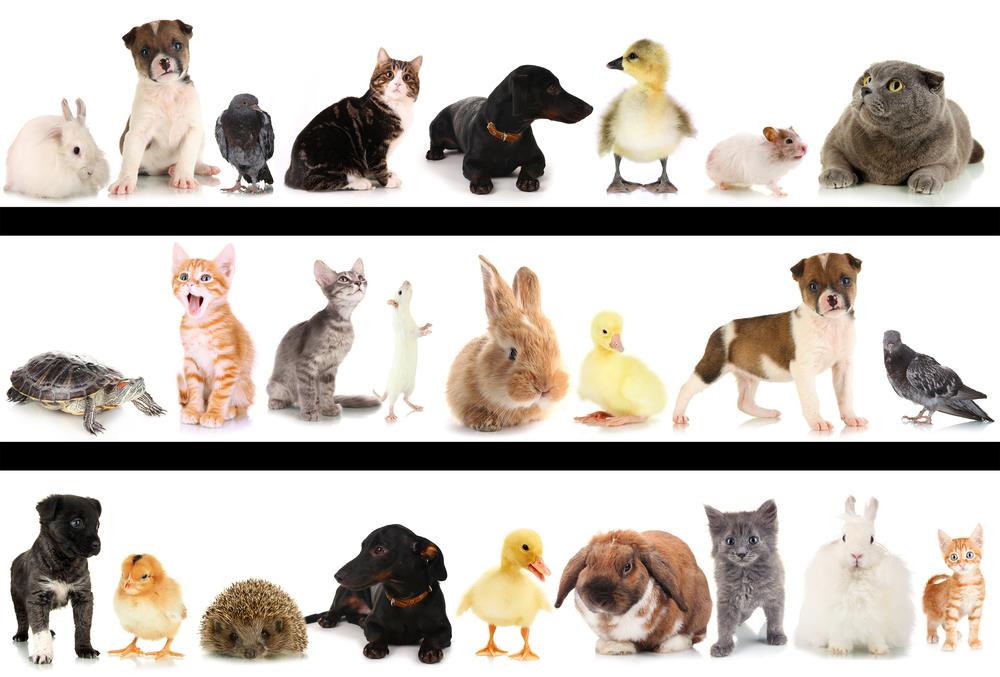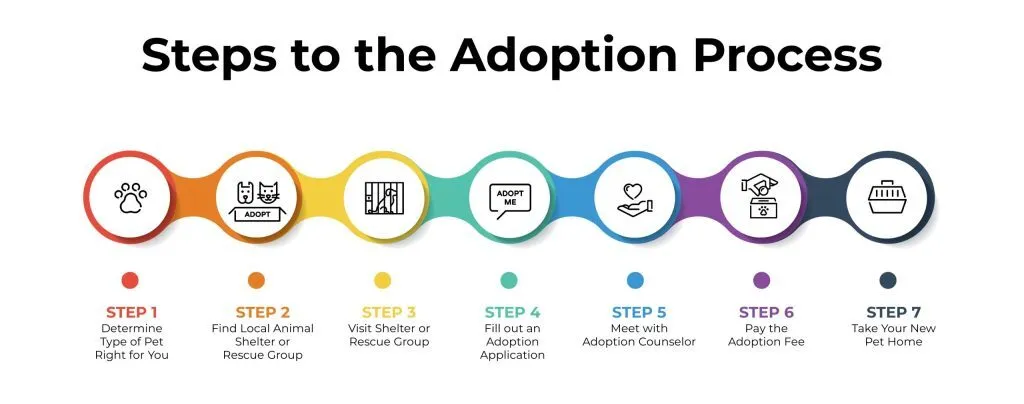Understanding the Importance of Pet Adoption
It’s crucial to be aware of the current situation in animal shelters across Australia. An overwhelming number of animals are housed in shelters, many of whom are waiting for a loving home. The necessity of adoption cannot be emphasized enough to alleviate this situation.
Pet adoption plays a pivotal role not just in saving lives but also providing a warm, caring environment for these animals. By choosing to adopt, you’re essentially giving a second chance to an animal in need, reducing the strain on shelters and contributing to the fight against animal homelessness and neglect.
Adoption should be viewed not as a last resort, but as a first choice. It’s a responsible and rewarding course of action that carries profound benefits for both humans and animals.
Evaluating Your Readiness to Adopt a Pet
Adopting a pet is not a decision to be made lightly. It requires a thorough analysis of your personal lifestyle and living conditions. This means considering factors such as the space you have available, the time you can dedicate to the pet, and your financial capacity to provide for its needs.
Adopting a pet also means understanding the long-term commitment involved. Pets can live for many years, and they require constant care and attention. This commitment extends beyond the initial adoption and includes ongoing costs for food, veterinary care, and other essentials.
Ultimately, adopting a pet is a lifelong commitment that should only be undertaken if you are fully prepared to provide the care and attention your new pet will need. If you are considering adopting a pet, take the time to evaluate your readiness and ensure you can provide a stable, loving home for your new companion.
Choosing the Right Pet for Your Lifestyle
When deciding on a pet to adopt, it’s crucial to consider your lifestyle and the pet’s characteristics. Factors such as the pet’s size, breed, age, and temperament should align with your living conditions, daily routine, and personal preferences. For instance, owning a large, active breed such as a Labrador Retriever may not be suitable if you live in a small apartment or have a sedentary lifestyle.

Each type of pet requires specific considerations.
Dogs, for example, need regular exercise and mental stimulation. Cats, on the other hand, are more independent but still require social interaction. Rabbits are social creatures that need companionship and plenty of time outside their cages. Therefore, understanding the needs of different pets is essential in making an informed decision.

In conclusion, choosing the right pet demands careful consideration of several factors related to both the prospective pet and your lifestyle. A well-thought-out decision will ensure a harmonious and fulfilling relationship with your new companion.
Understanding the Adoption Process
The process of adopting a pet from a shelter involves several meticulous steps to ensure the welfare of the pets and their adoptive families. Initially, prospective adopters must fill out an application, providing relevant information including their living conditions, work hours, and experience with pets. Some shelters may require proof of identity or proof of address.
Following the application, an interview is often conducted to assess compatibility between the pet and adopter. This is where the adopter’s understanding of pet care responsibilities is gauged.
Next, a home visit may be arranged. During this visit, the shelter checks if the home environment is suitable and safe for the pet. This step is crucial in determining whether the adoption will proceed.
Upon approval, adopters are typically required to sign an adoption agreement and pay an adoption fee. This fee contributes towards the cost of caring for animals in the shelter.
It’s important to note that the adoption process may vary depending on the shelter’s policies and the adopter’s location.

Understanding the adoption process and its requirements ensures a smoother journey for both the adopter and the pet, and guarantees a loving and safe home for the pet.
Preparing Your Home for a New Pet
Before introducing a new pet into your home, certain measures should be taken to ensure a safe and comfortable environment for your future companion. This includes making necessary adjustments and purchasing essential supplies.
Necessary Adjustments
Start by identifying potential hazards such as exposed electrical cords, toxic plants, and small objects that could be swallowed. Secure loose cords, remove harmful plants, and ensure that small objects are out of reach. Certain rooms may require pet gates to restrict access.
Essential Supplies
Depending on the type of pet, different supplies will be needed. Generally, this includes a bed, food and water bowls, toys, grooming supplies, and litter boxes for cats.
The Financial Aspect of Owning a Pet
One critical consideration when adopting a pet is the financial commitment it entails. The costs of pet ownership encompass a range of expenses, including food, vet visits, grooming, and emergency funds. These costs can be substantial and should not be underestimated.
Managing Pet-Related Expenses
Effective management of pet-related expenses is vital to ensuring your pet’s wellbeing while maintaining financial stability. Begin by creating a dedicated budget for your pet, factoring in regular expenses and a contingency for emergencies. Regularly reviewing and adjusting this budget is key for staying on track. Additionally, taking preventative measures, such as regular vet check-ups and a balanced diet, can help to avoid costly health issues down the line.
Lastly, consider pet insurance. It can provide a safety net and aid in managing unexpected costs.
Post-Adoption: Settling In and Building Trust
After the excitement of pet adoption, the next crucial phase is helping your new pet adjust to their new home. This period can be challenging as your pet acclimates to new surroundings, people, and possibly other pets. It’s paramount to create a safe and comfortable environment for your pet. We suggest setting up a safe space, maintaining a calm environment, and gradually introducing your pet to their new surroundings.

Patience and consistency are essential when building a bond with your new pet. This trust-building process can take time but will result in a strong and fulfilling relationship. Understanding your pet’s body language can significantly help in this regard.
Remember, every pet is unique and may take different lengths of time to settle in. So, patience is indeed a virtue!
Finding Support and Resources for Pet Owners
Navigating the world of pet ownership can be a daunting task, especially for those new to it. Luckily, a wealth of resources exists to provide guidance every step of the way. Veterinary services are vital for maintaining your pet’s health, offering everything from routine check-ups to specialised treatments. Image placeholder here.
In addition to healthcare, pet training classes are another indispensable resource for pet owners. These can help manage behavioural issues and promote a harmonious living environment.
Additionally, online forums, such as r/pets on Reddit, provide a platform for pet owners to share advice and support. They offer a sense of community where you can learn from others’ experiences and share your own.
The Importance of a Pet Owner Community
Being part of a pet owner community is a valuable aspect of pet ownership. Such communities provide a network of support and a wealth of collective knowledge. They can help solve common issues, share their triumphs, and offer emotional support during difficult times. Image placeholder here.



